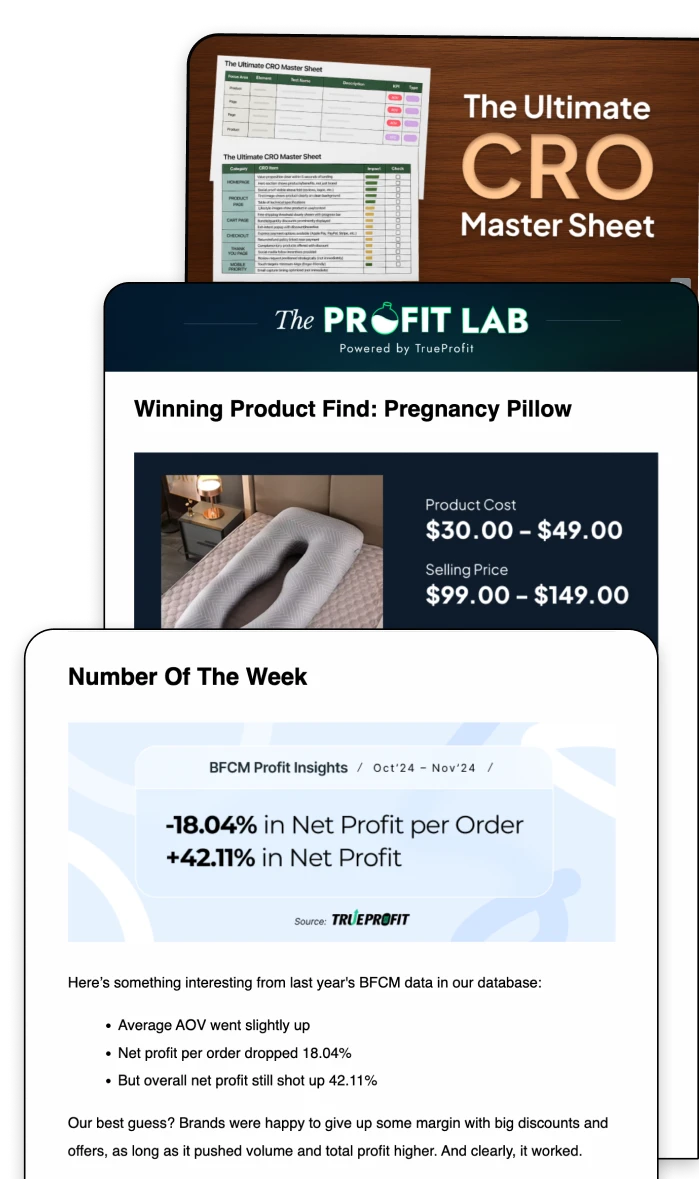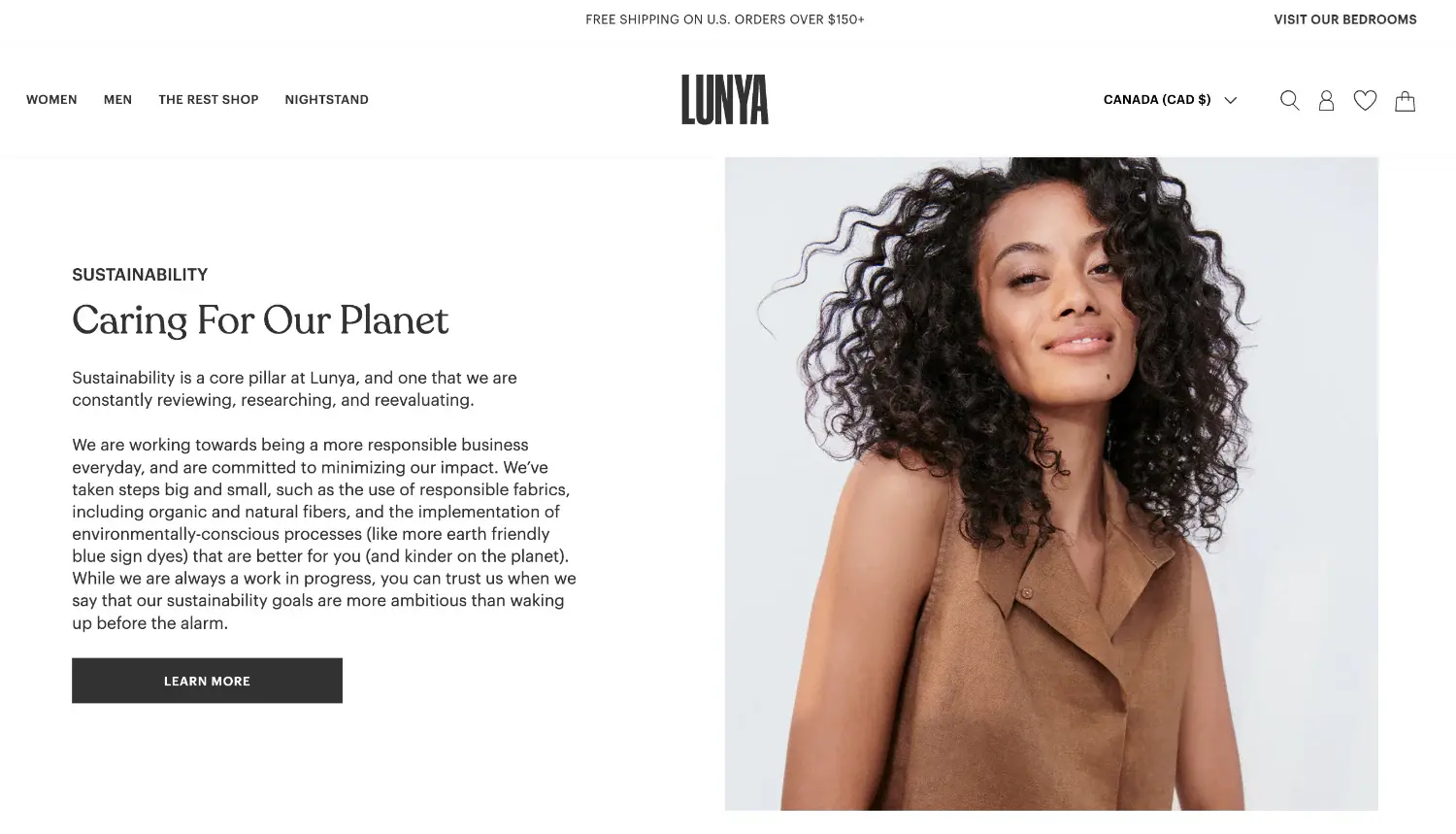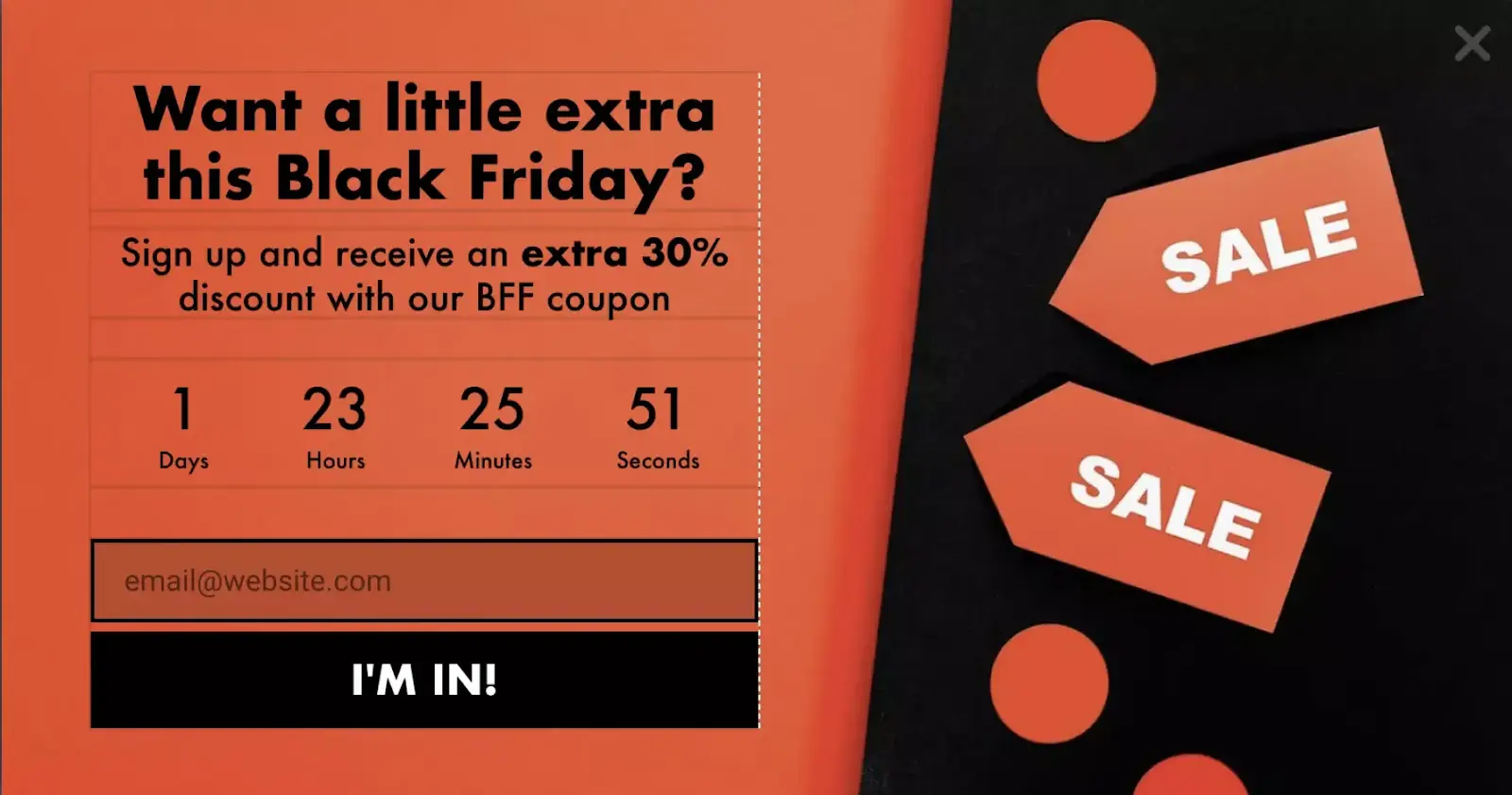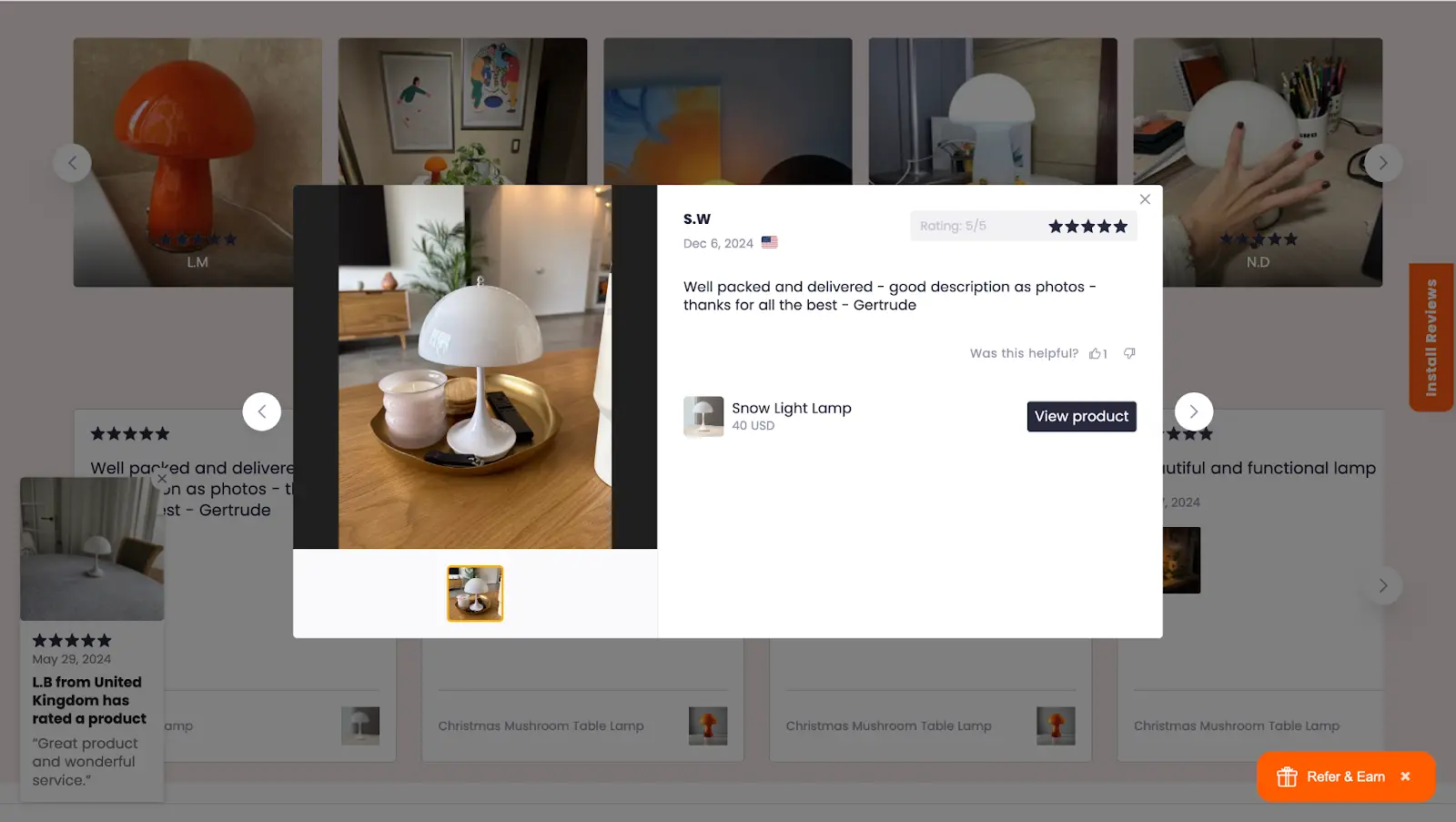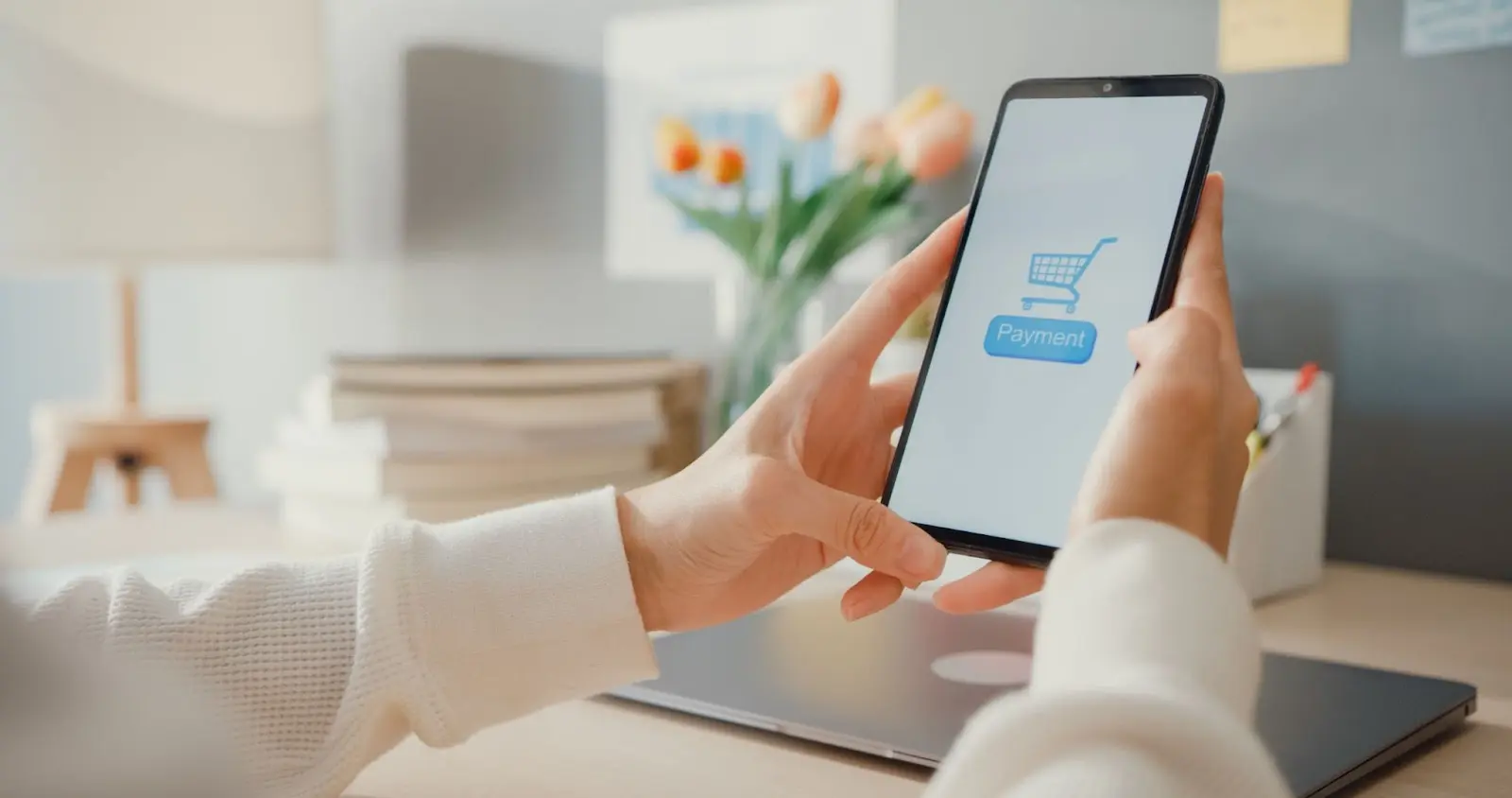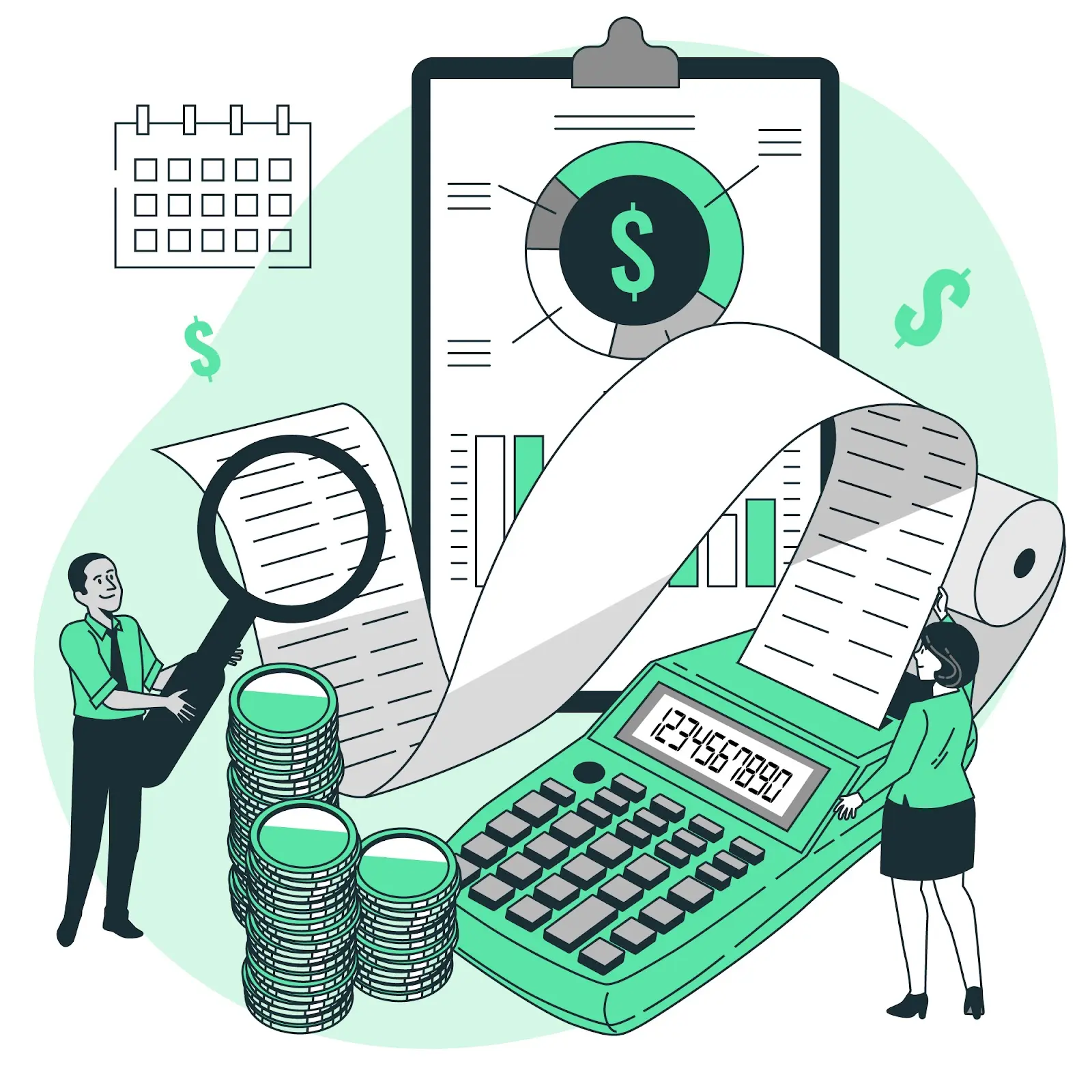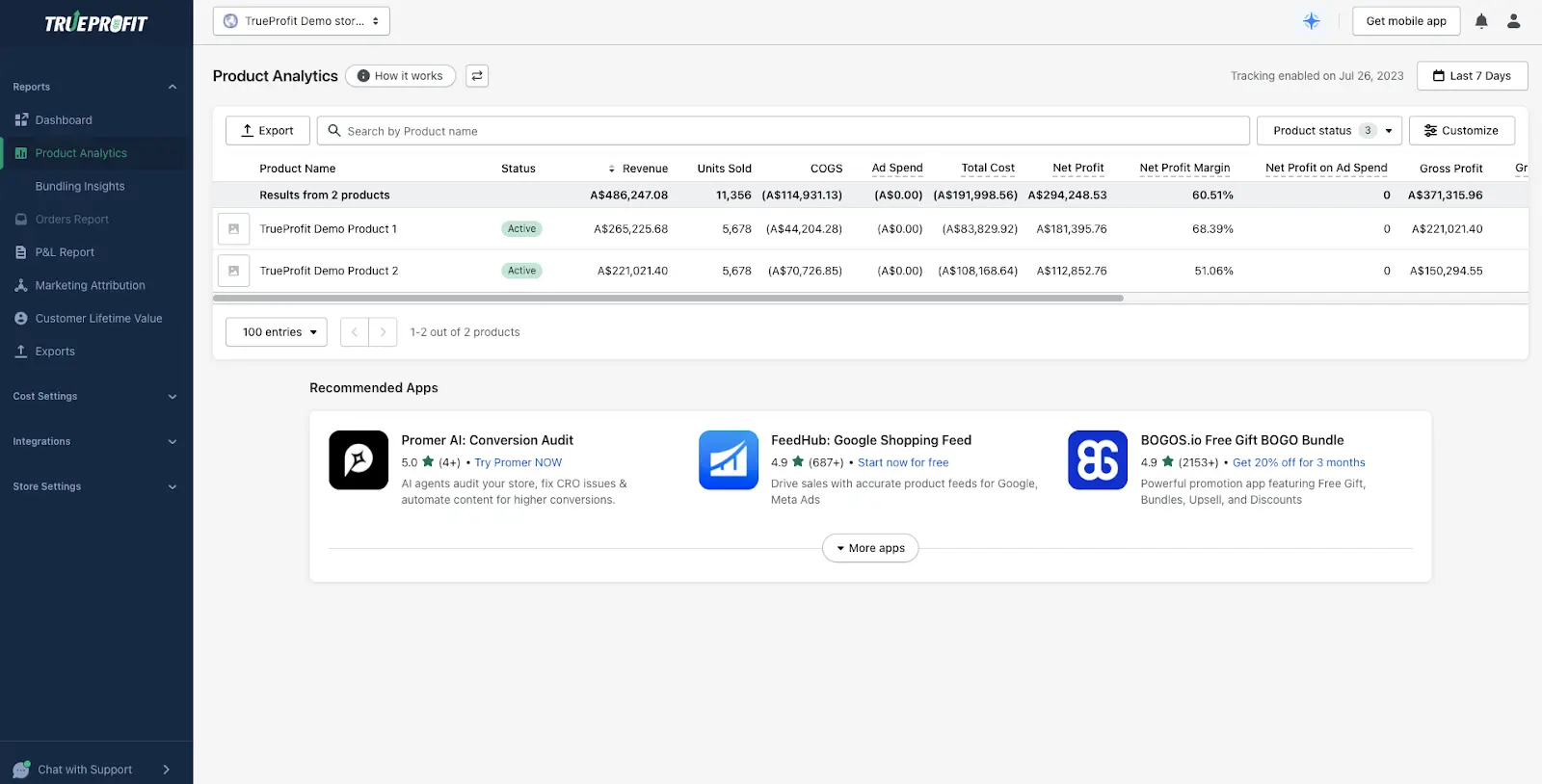How to Get Sales on Shopify: 7 Beginner-Friendly Tactics
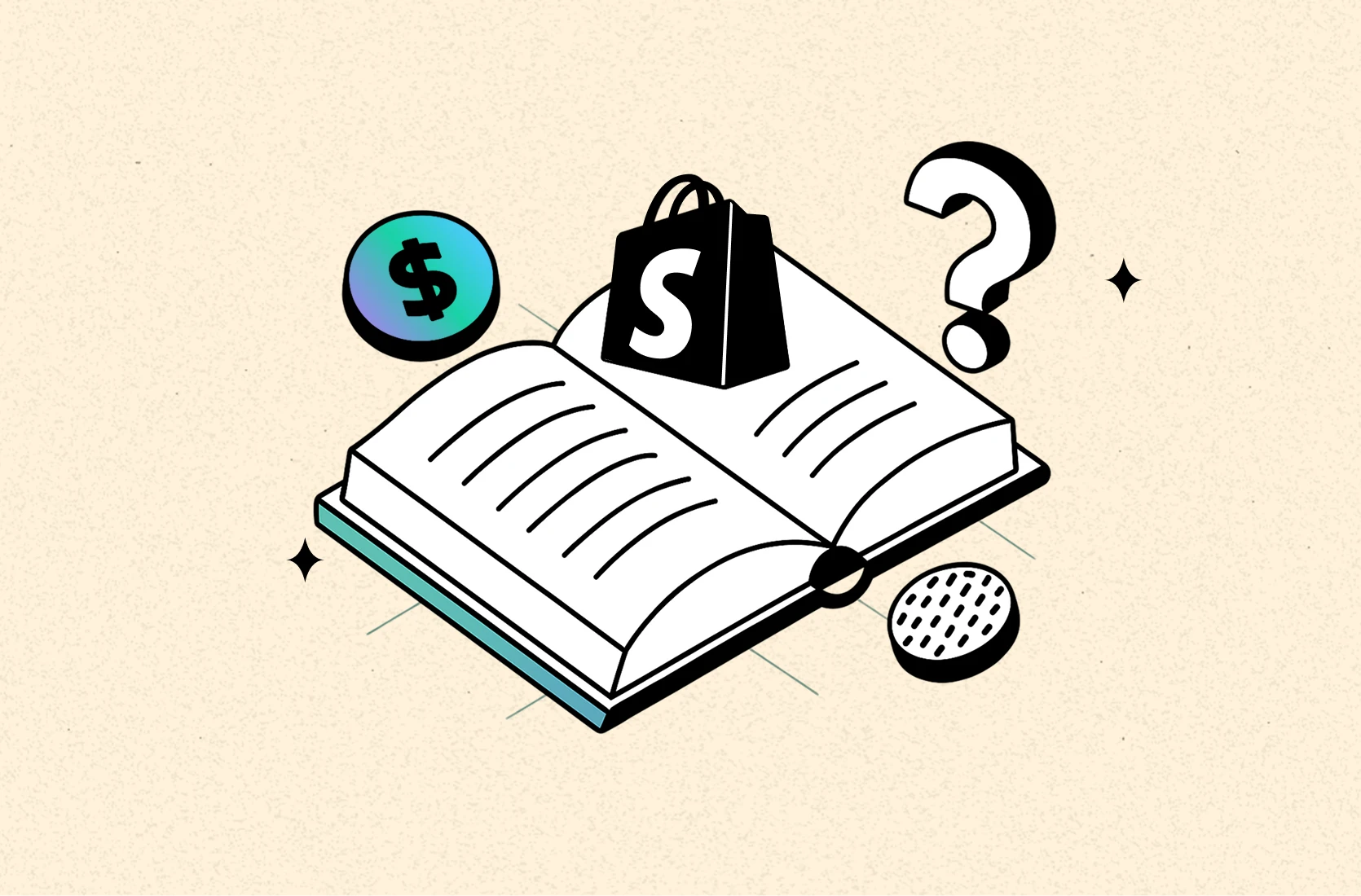
Your first sale is more than a milestone; it validates your product, your messaging, and your marketing approach. It also unlocks critical data on customer behavior, conversion drivers, and cost-per-acquisition that guide every decision you make going forward.
However, conversion rates for new stores often start below 1%. That’s why in this guide, you’ll discover seven proven, low-cost strategies to turn visitors into buyers, land your first sale, and build momentum for sustainable growth.
How To Get More Sales On Shopify?
1. Build Instant Trust to Boost Conversions
New visitors don’t buy from stores they’re unsure about. If your Shopify store doesn’t look trustworthy at first glance, most shoppers will bounce. That’s why creating a professional, reliable storefront is one of the fastest ways to improve conversions—especially when you’re trying to make your first few sales. When your store looks reliable, customers are far more likely to buy. Just by building trust, you can boost your conversion rate by up to 20%.
Make sure your key pages are easy to find: About Us, Contact, Shipping & Returns, and FAQs. These reassure shoppers that you're a real business and help answer common concerns upfront. Lastly, don’t forget trust badges (like secure checkout and accepted payment icons). These small visual cues build credibility and reduce last-minute doubts.
Beyond everything, adding genuine product reviews is a game changer. With tools like Kudosi, you can import reviews from your suppliers or previous customers to show social proof—even if your store is new. Positive reviews help visitors feel confident buying from you, boosting sales faster.
2. Create Irresistible Offers That Drive Urgency
Even when shoppers trust your store, they still need a compelling reason to buy right now. That’s where smart offers and discounts come in. Here are some urgency tactics you can try:
- Set a free shipping threshold (e.g., “Free shipping on orders over $50”) to increase average order value and ease sticker shock.
- Launch limited-time discounts like “24-hour launch sale” to encourage fast purchases.
- Offer product bundles such as “Buy 2, save 15%” to raise cart size and perceived value.
- Give first-time buyers a coupon (like 10% off) to convert browsers into buyers and collect their emails for future marketing.
3. Drive Laser-Targeted Traffic With Minimal Spend
The right visitors are more important than just a high volume of visitors. You don’t need thousands of random clicks; you need quality traffic that’s ready to buy. Here are some ideas you can consider:
- Use organic TikTok and Instagram Reels to post short demos or user-generated content (UGC) style videos.
- Boost your top-performing videos with a small ad spend — even $5/day can drive traffic.
- Join niche communities like relevant Facebook groups or subreddits and add value without spamming. Reach out to micro-influencers for product reviews in exchange for free samples.
4. Showcase Social Proof Before You Have It
When your store is new, you don’t have reviews, testimonials, or a best-sellers list to lean on. But here’s the truth: you don’t need a huge customer base to make your store look active and trustworthy. Smart social proof strategies can help you build that “crowded store” effect right from day one.
- Start by importing reviews from apps like Kudosi to have quality reviews from top marketplaces like Amazon, Etsy, Temu, etc. They provide instant trust that new visitors look for and nudge them to convert faster.
- Use “Best Seller” or “Trending” badges on key products to subtly suggest popularity. You can pick these based on your niche, pricing, or what gets the most clicks.
- Create a customer gallery using mockups or lifestyle images. Tools like Canva or Placeit can help you generate real-life usage shots even before you get your first order.
These techniques work together to reduce buyer hesitation. Even without prior sales, they signal that others are shopping here too—boosting click-through rates and conversions.
5. Optimize Your Store for Mobile Buyers
More than 70% of Shopify store traffic comes from mobile devices. So if your store looks great on desktop but loads slowly or breaks on mobile, you’re losing sales. Shoppers expect lightning-fast load times, smooth scrolling, and a checkout that feels native to their phone experience. Every extra second of page load time can reduce conversions by up to 20% - that’s why you can start by doing the following things:
- Start by choosing a mobile-optimized Shopify theme—Dawn, Refresh, or Sense are strong options that balance speed and flexibility. It’s best to stick to a clean layout with large product images and minimal distractions and remove any pop-ups or banners that interrupt the mobile flow.
- Run your store through Google’s PageSpeed Insights and Shopify’s Store Analyzer to identify what’s slowing you down. Compress your images, avoid overly large videos, and minimize third-party scripts.
- Test your checkout experience across devices to make sure the buttons are visible, payment options work, and autofill functions are enabled.
6. Follow Up and Capture Emails for Repeat Sales


Getting that first sale feels amazing—but what you do after matters just as much. Many new Shopify stores focus only on the first transaction and forget to build a system for follow-up. If you want lasting growth, turning browsers into subscribers and one-time buyers into repeat customers is key.
Start by capturing email addresses early. Use a simple popup that offers a discount (like 10% off) or a welcome gift in exchange for signing up. Add sign-up prompts to your homepage, product pages, and footer to catch interest wherever it appears. Next, set up automated email flows using Shopify Email or apps like Klaviyo. Focus on these sequences:
- Welcome email: Reinforce your brand and deliver the promised discount.
- Abandoned cart email: Remind them of what they left behind, with a gentle nudge to return.
- Post-purchase flow: Thank customers, suggest related items, and invite them to share a review.
Don’t forget to check how your emails look on mobile—most are opened there. Use a short subject line, punchy body copy, and one clear CTA button. Email marketing doesn’t just help drive repeat sales. It gives you a direct channel to communicate with warm leads, announce new drops, and build long-term loyalty—all without spending more on ads.
7. Track What’s Working (So You Can Do More of It)
Making your first sale is exciting but what happens next matters even more. If you don’t know which products are profitable or how much you're really making after costs, it’s easy to scale the wrong things and burn through your budget. That’s why real-time tracking is essential for every new store owner.
Instead of relying on spreadsheets or delayed reports, you can use a profit tracker solution to show your bottom line after every fee and expense. By tracking what’s actually working, you’ll know exactly what to double down on and what to cut.
While getting your first sales is vital, it’s just part of the big picture. To truly grow your business, you need to understand how much you’re actually keeping — not just what you’re earning. TrueProfit gives you real-time visibility into your net profit, factoring in all your costs automatically. So you can make smarter decisions, backed by accurate data — not guesswork.
Start tracking your true profit today with TrueProfit and build a more profitable Shopify store.
Lila Le is the Marketing Manager at TrueProfit, with a deep understanding of the Shopify ecosystem and a proven track record in dropshipping. She combines hands-on selling experience with marketing expertise to help Shopify merchants scale smarter—through clear positioning, profit-first strategies, and high-converting campaigns.




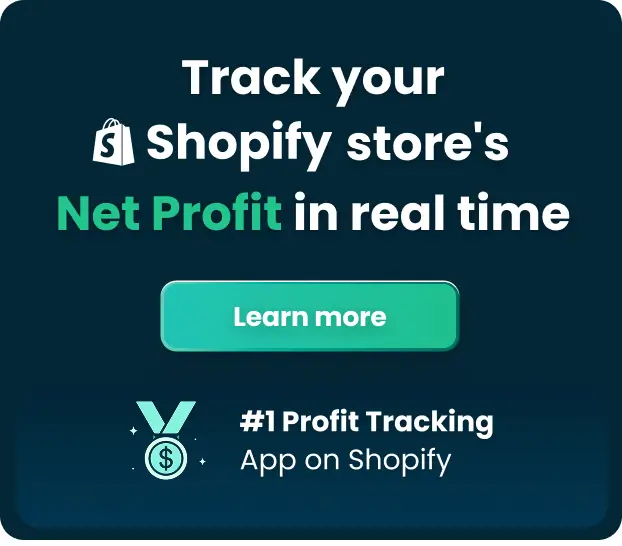
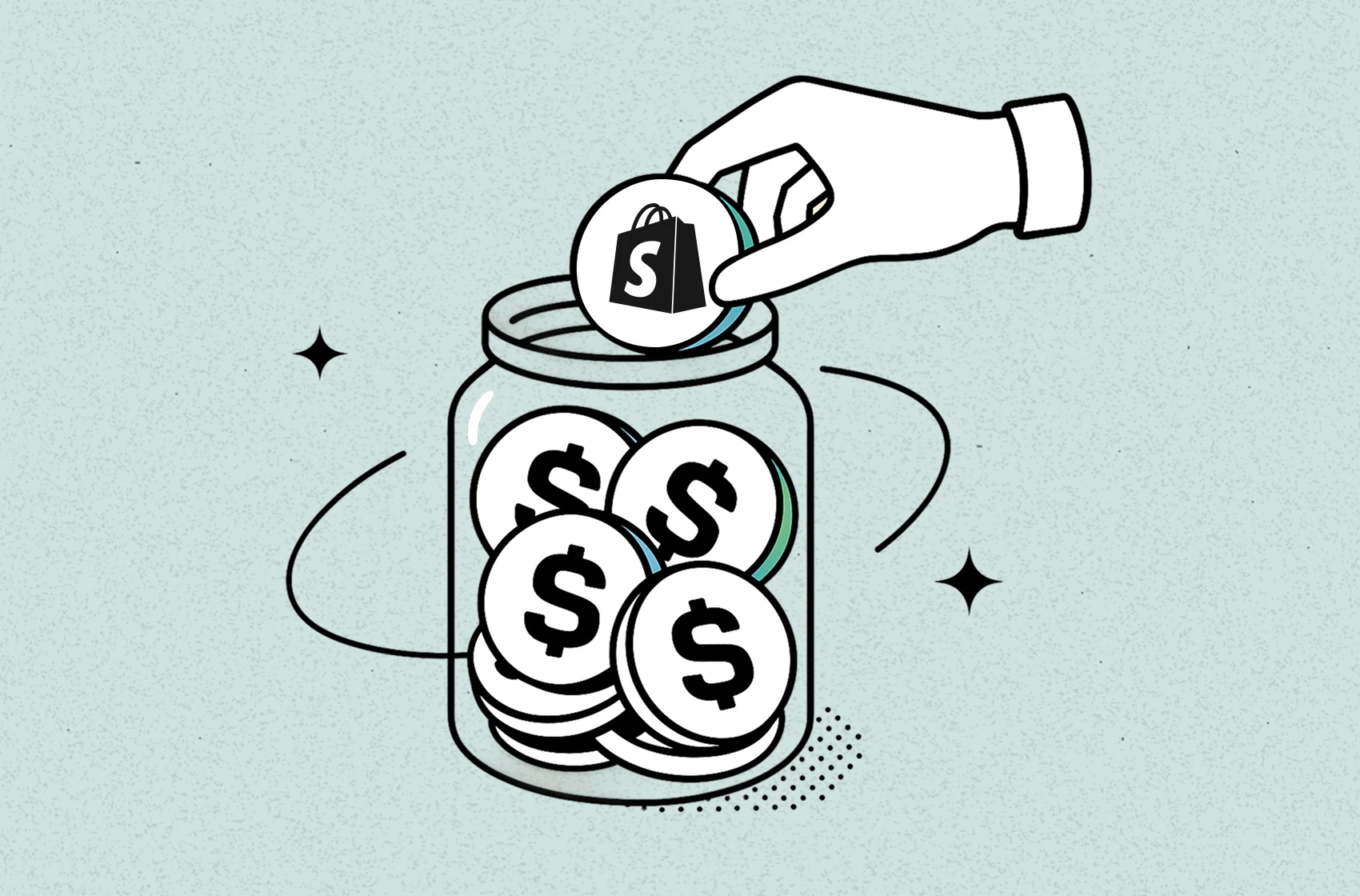
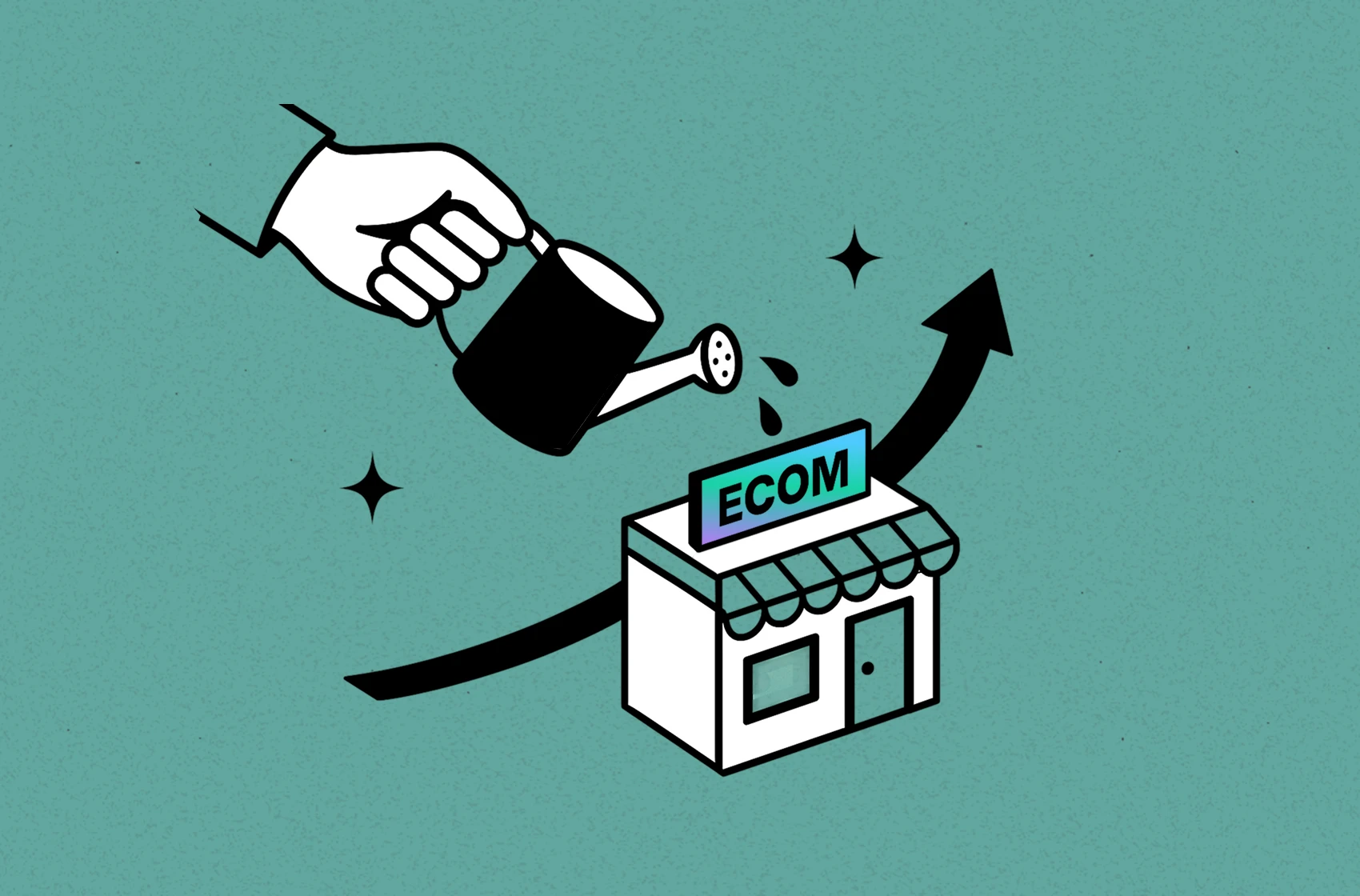
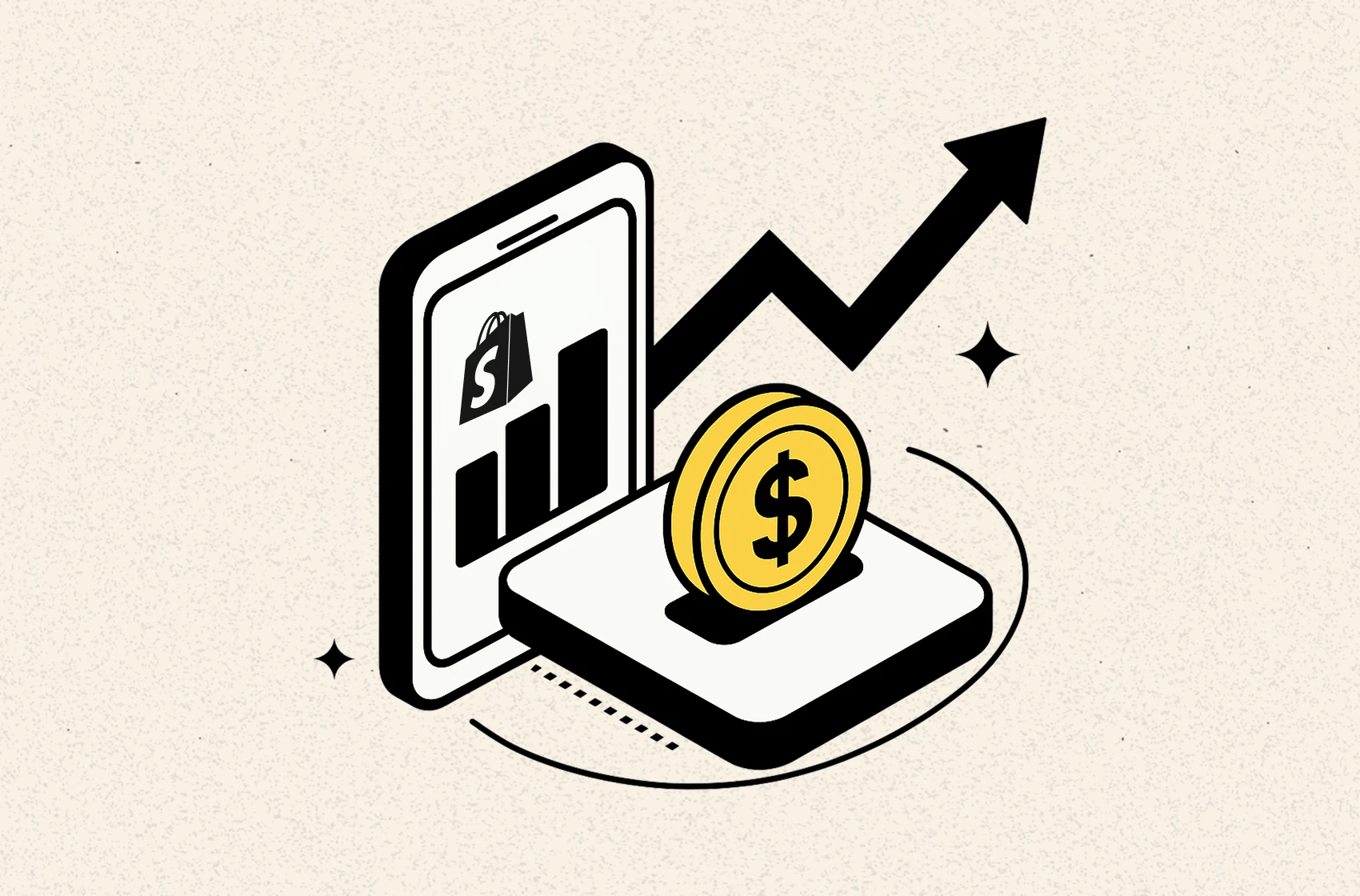
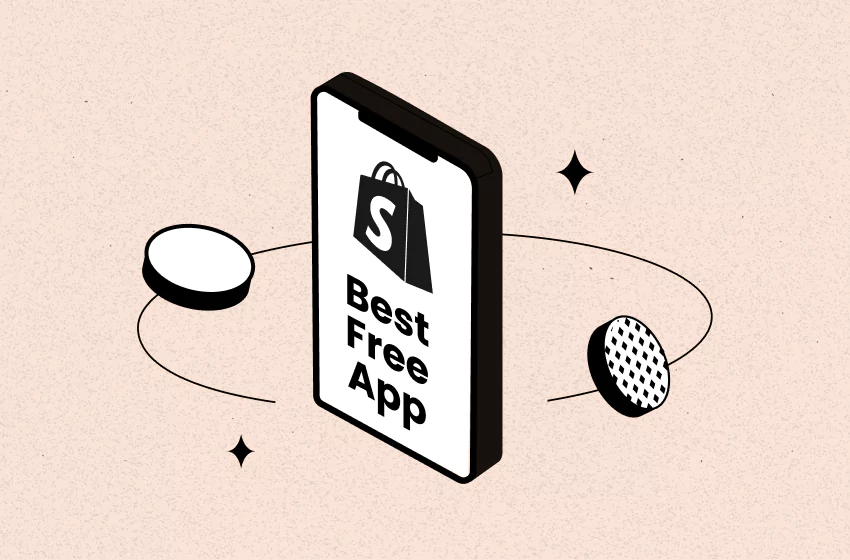
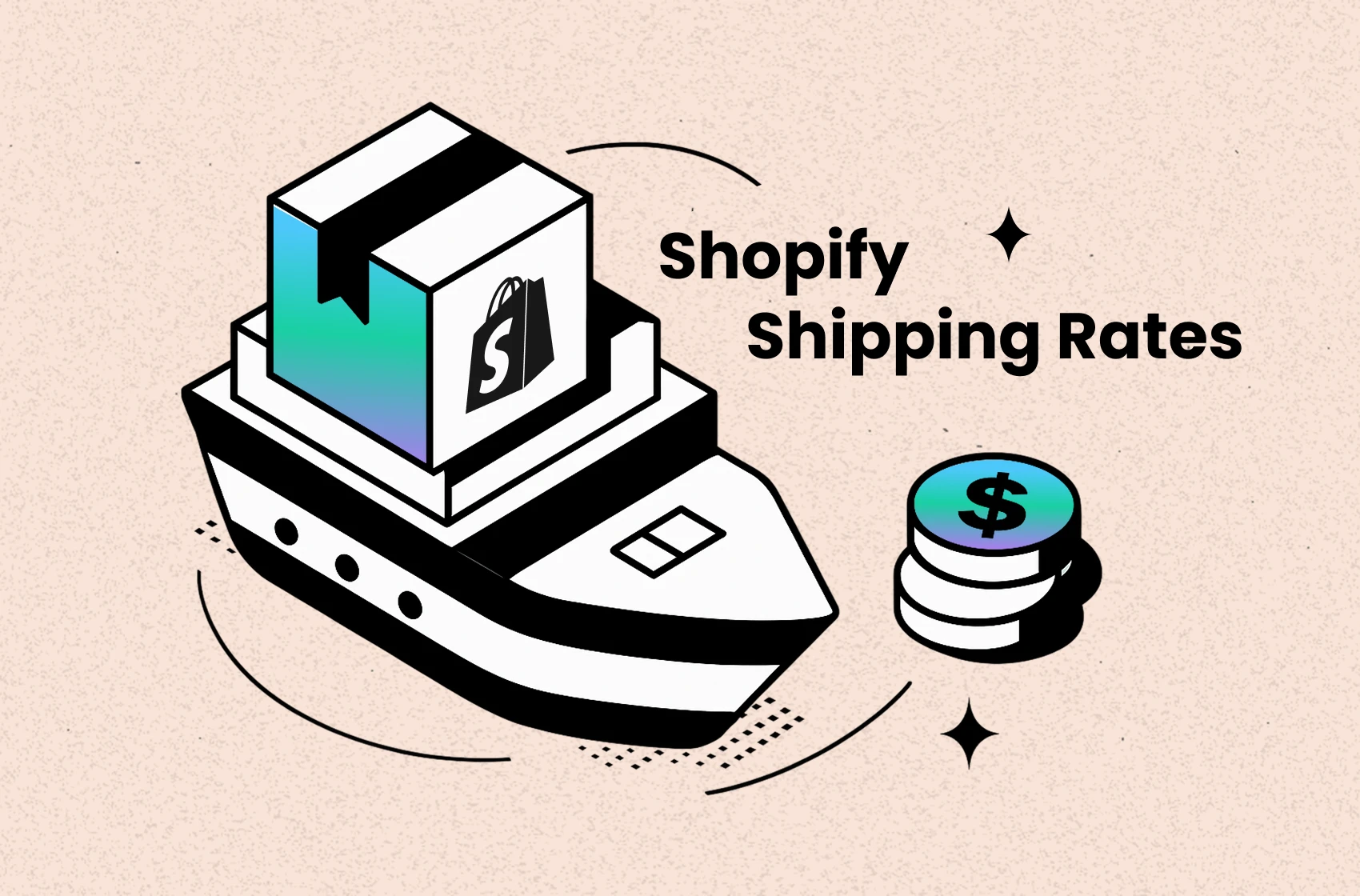
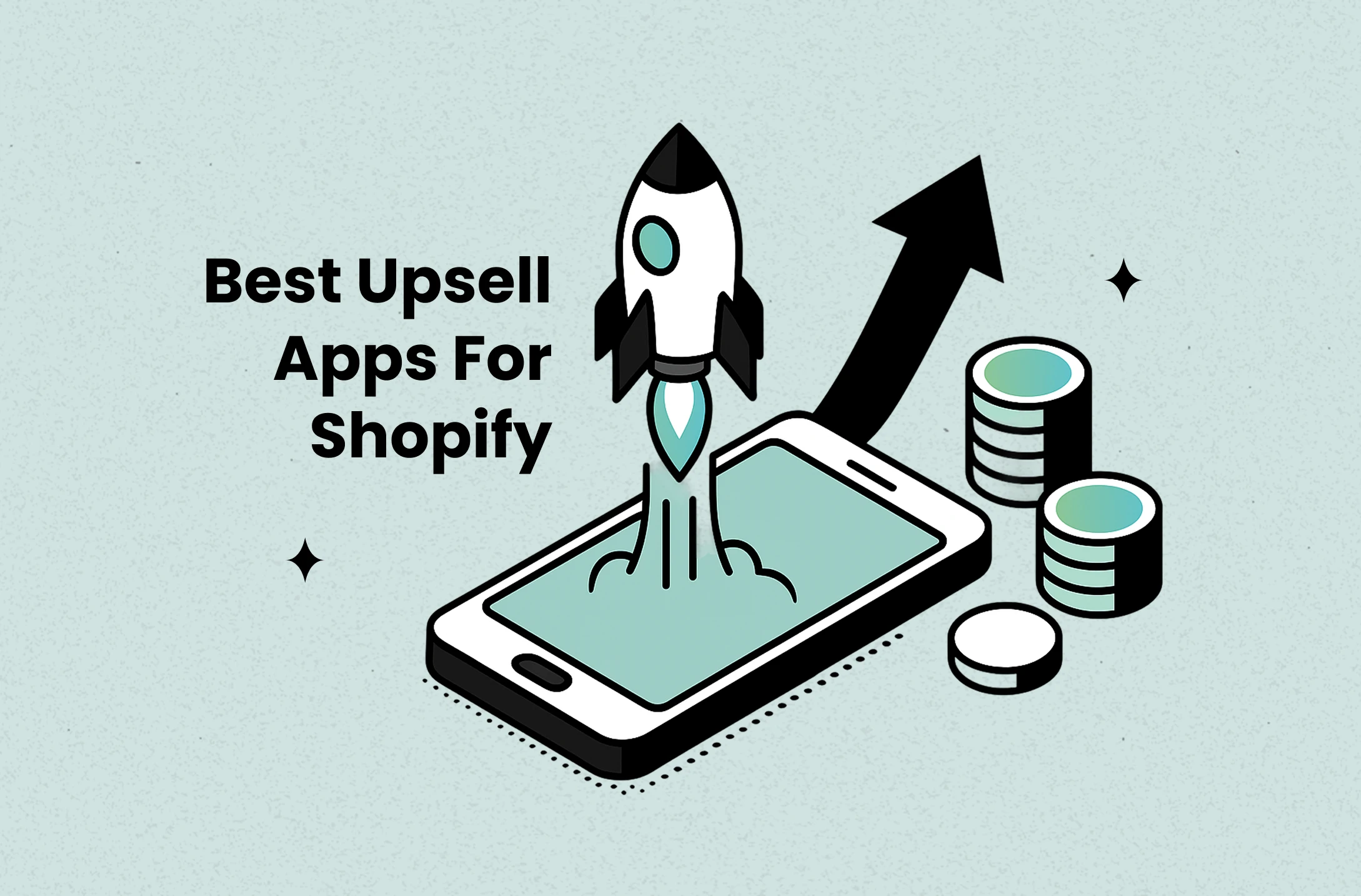
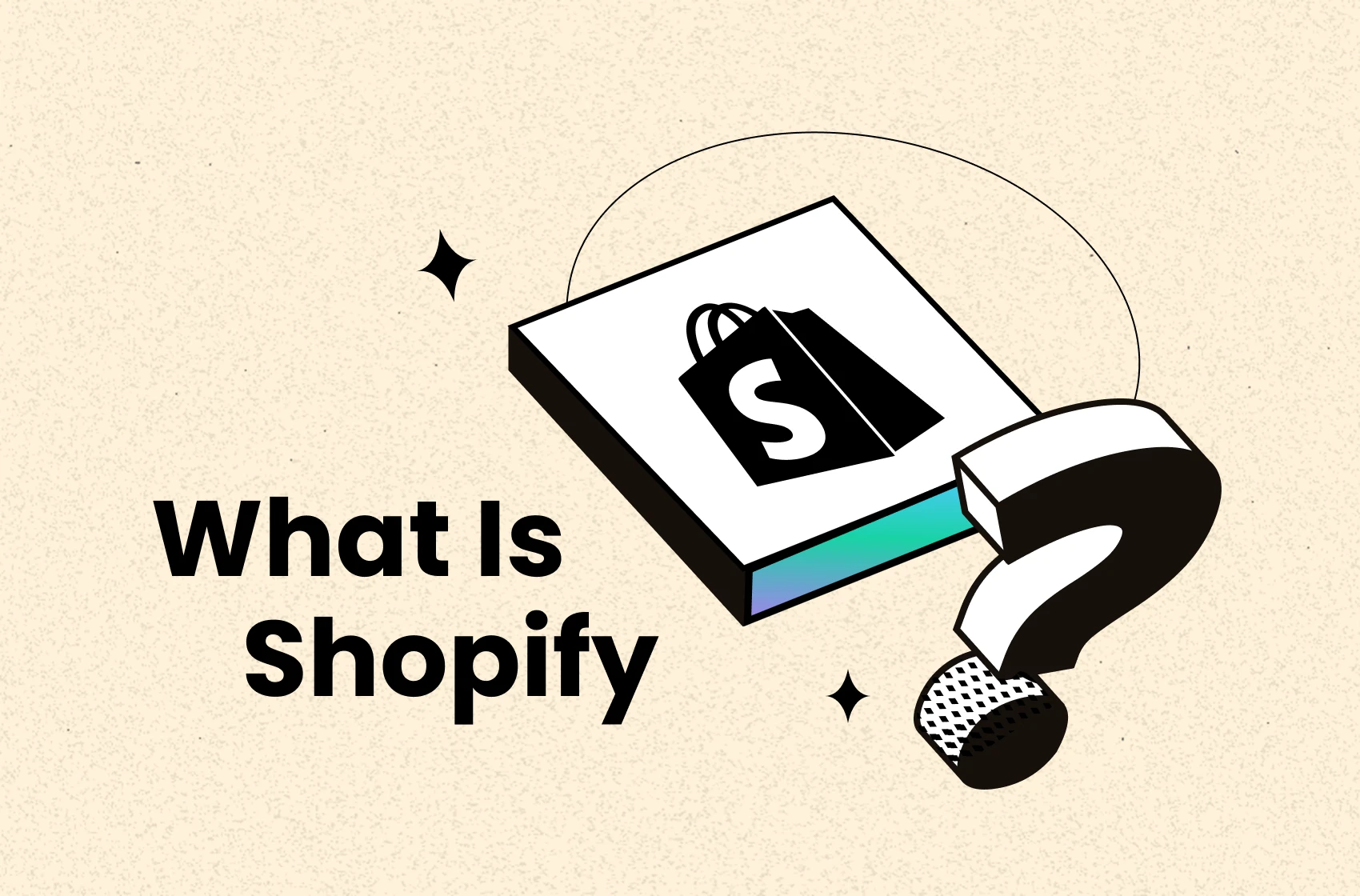

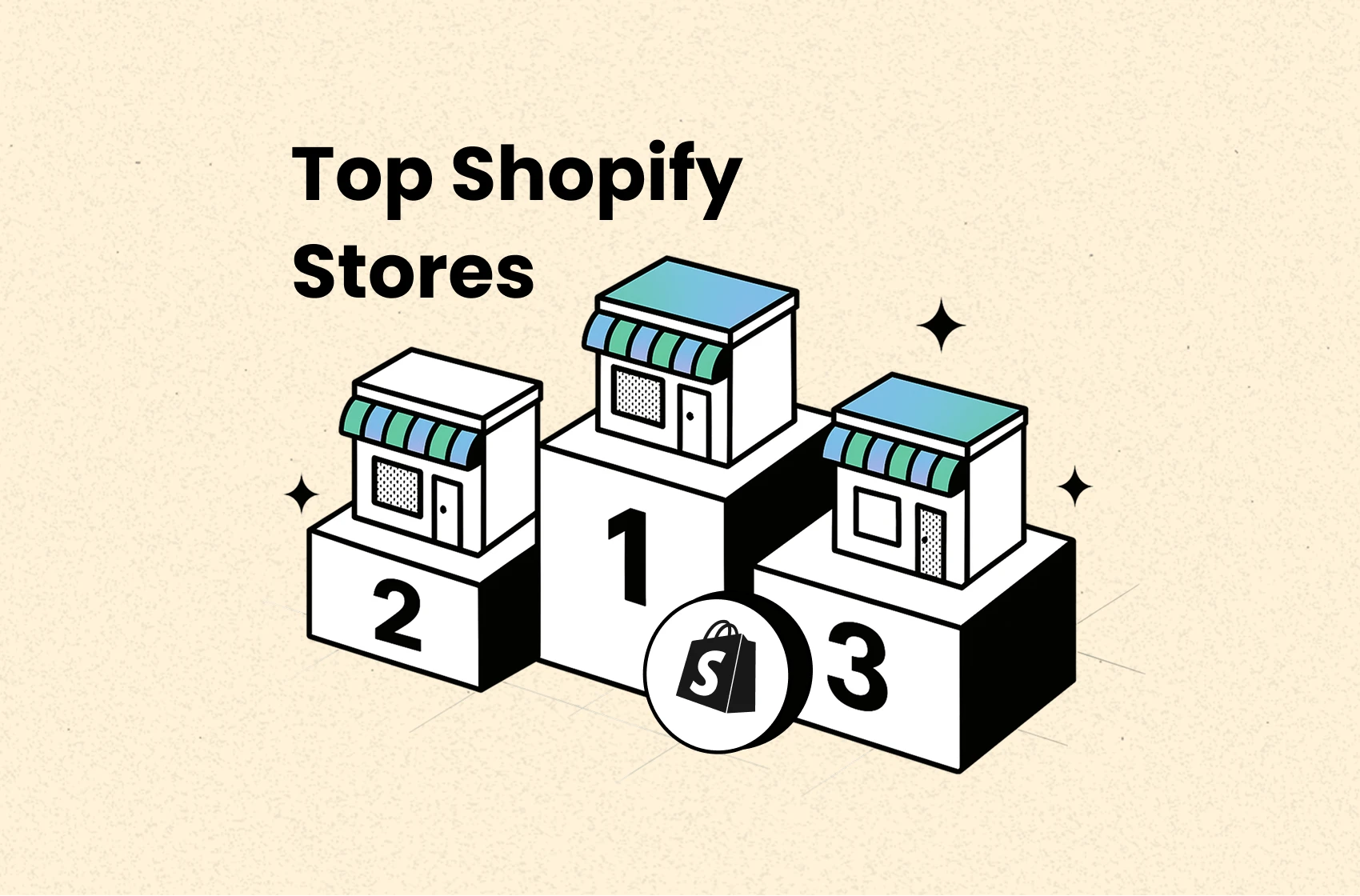
 Shopify profits
Shopify profits